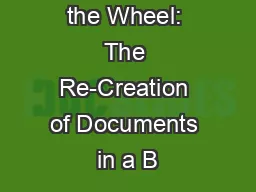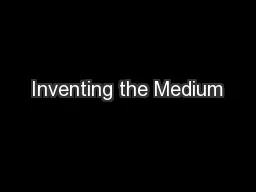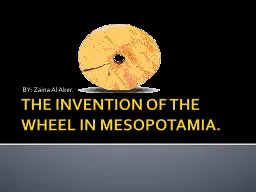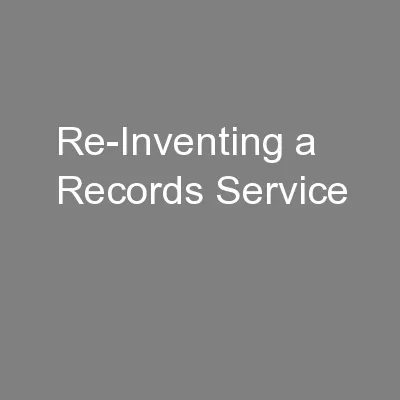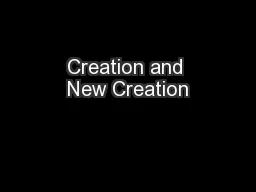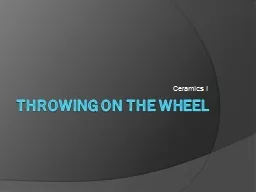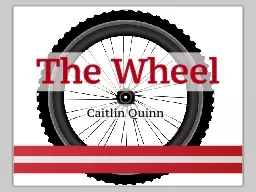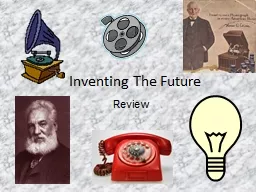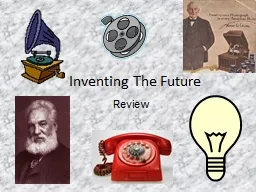PPT-Re-Inventing the Wheel: The Re-Creation of Documents in a B
Author : tatyana-admore | Published Date : 2017-05-07
Ingbert Schmidt 1 LIS Emphasis Reuse of Documents Photo cybrgrl Marcia Bates Photo Seattle Municiple Archives S R Ranganathan Paul Otlet 2 But why use an existing
Presentation Embed Code
Download Presentation
Download Presentation The PPT/PDF document "Re-Inventing the Wheel: The Re-Creation ..." is the property of its rightful owner. Permission is granted to download and print the materials on this website for personal, non-commercial use only, and to display it on your personal computer provided you do not modify the materials and that you retain all copyright notices contained in the materials. By downloading content from our website, you accept the terms of this agreement.
Re-Inventing the Wheel: The Re-Creation of Documents in a B: Transcript
Download Rules Of Document
"Re-Inventing the Wheel: The Re-Creation of Documents in a B"The content belongs to its owner. You may download and print it for personal use, without modification, and keep all copyright notices. By downloading, you agree to these terms.
Related Documents

